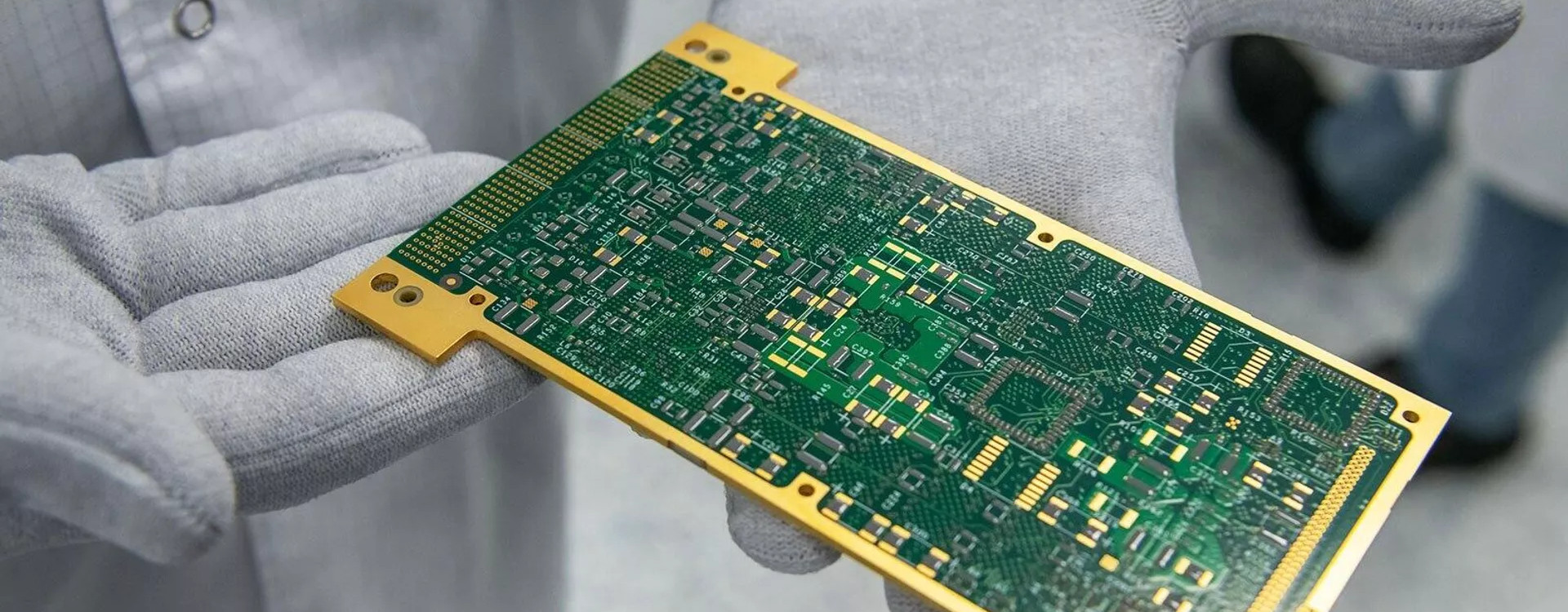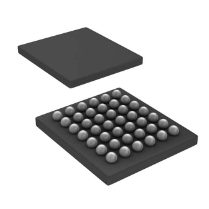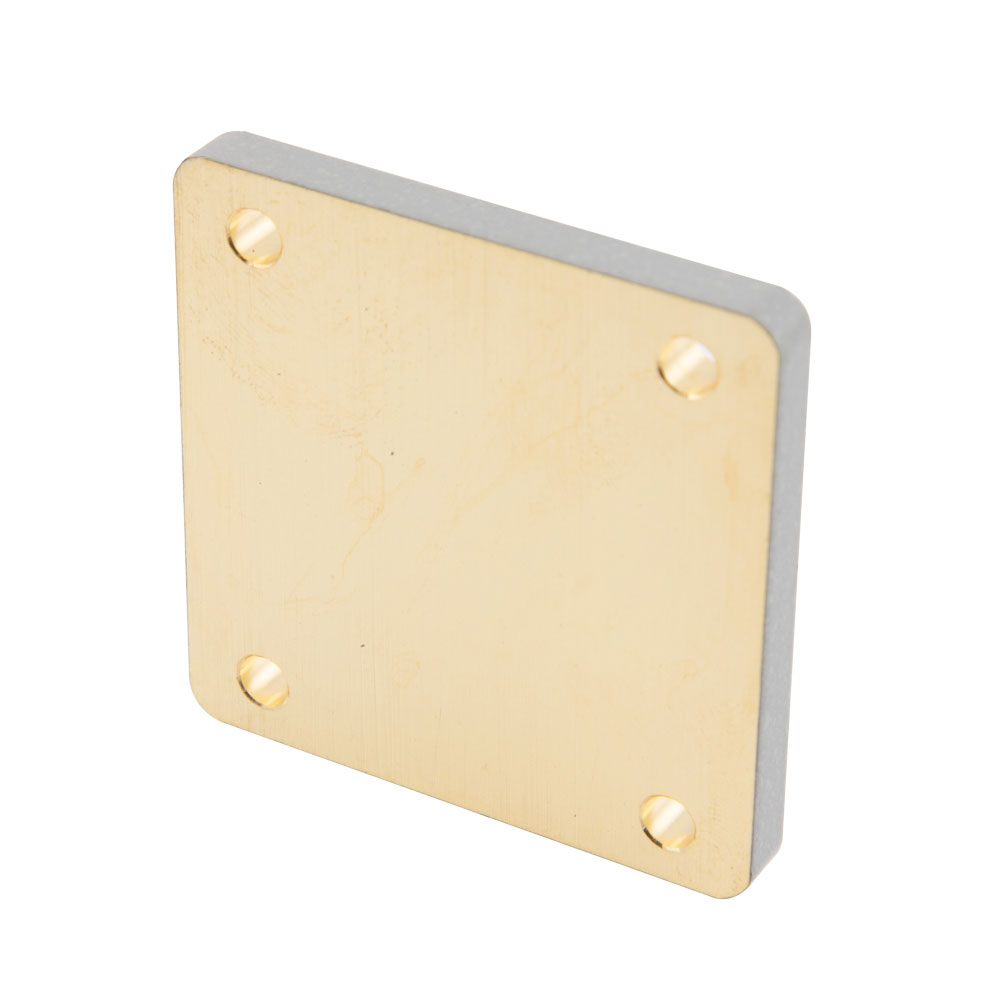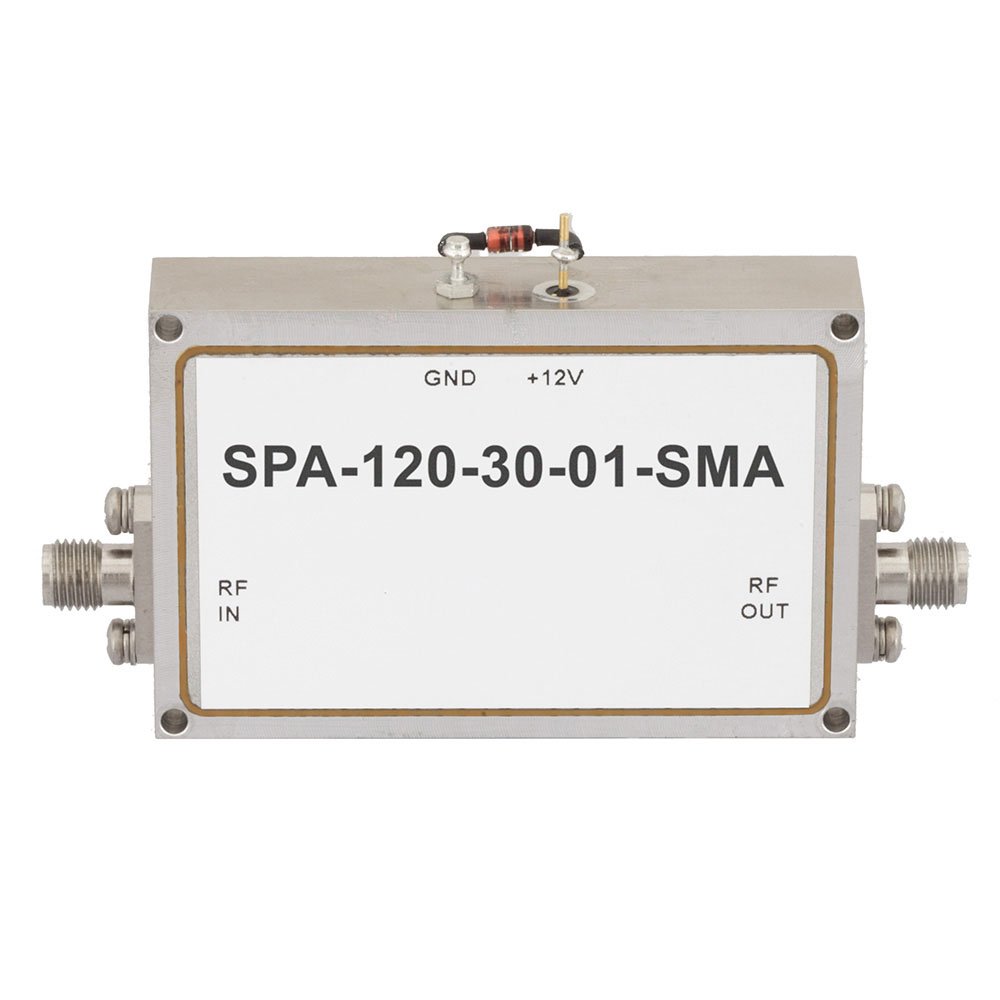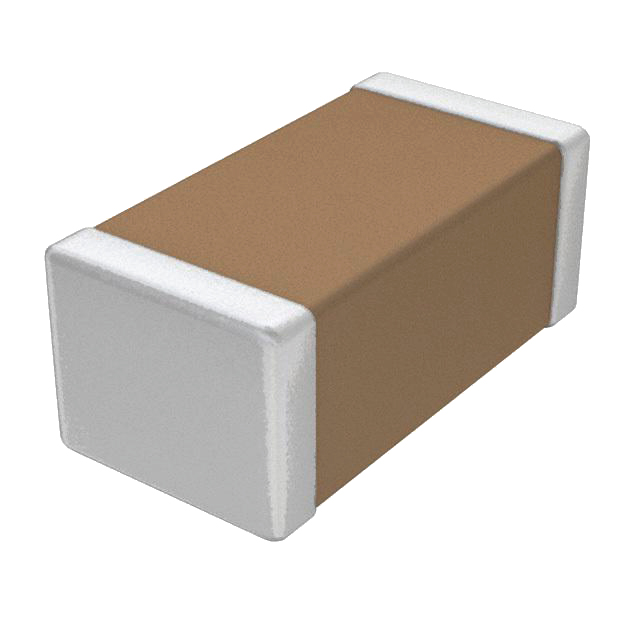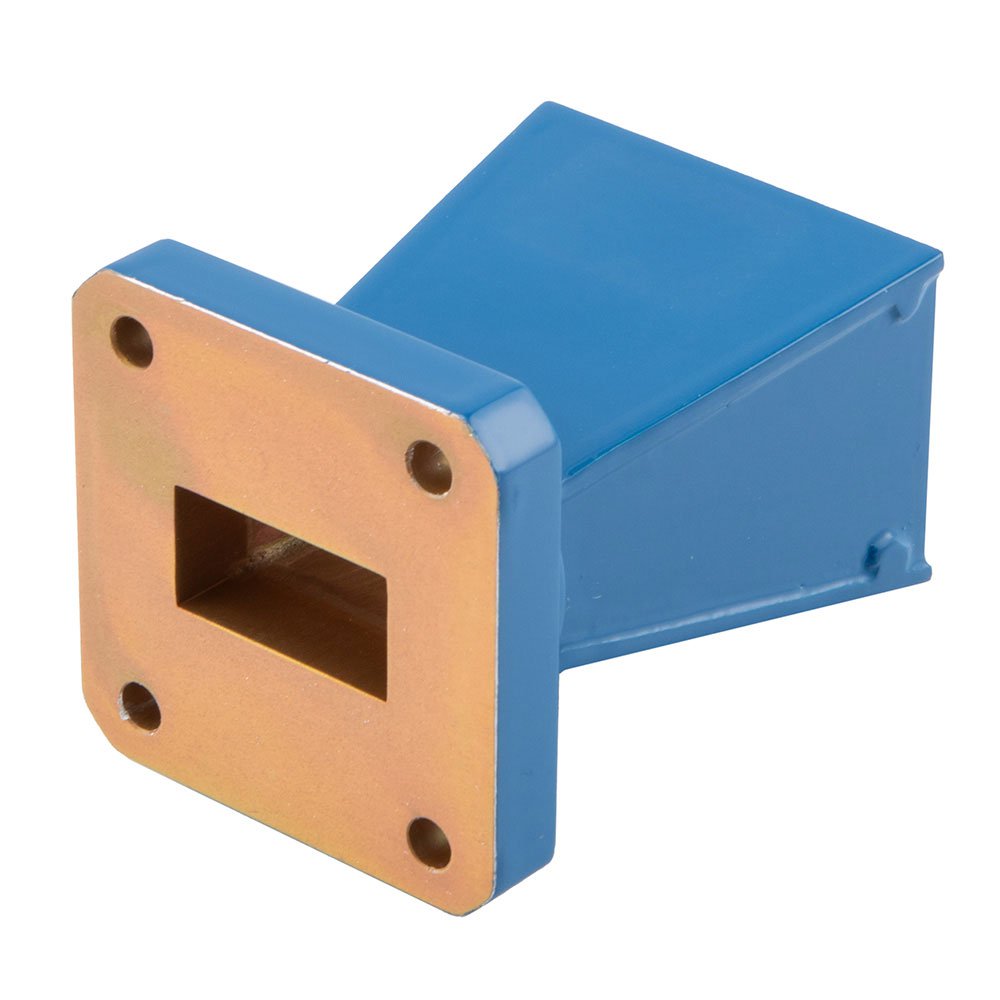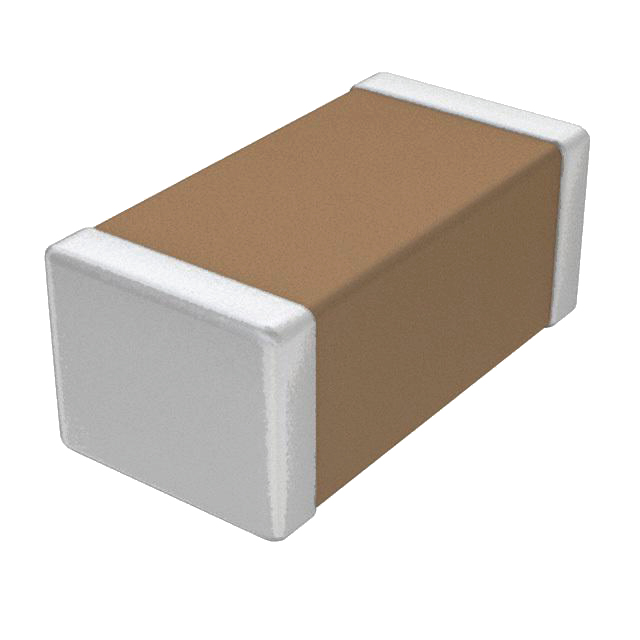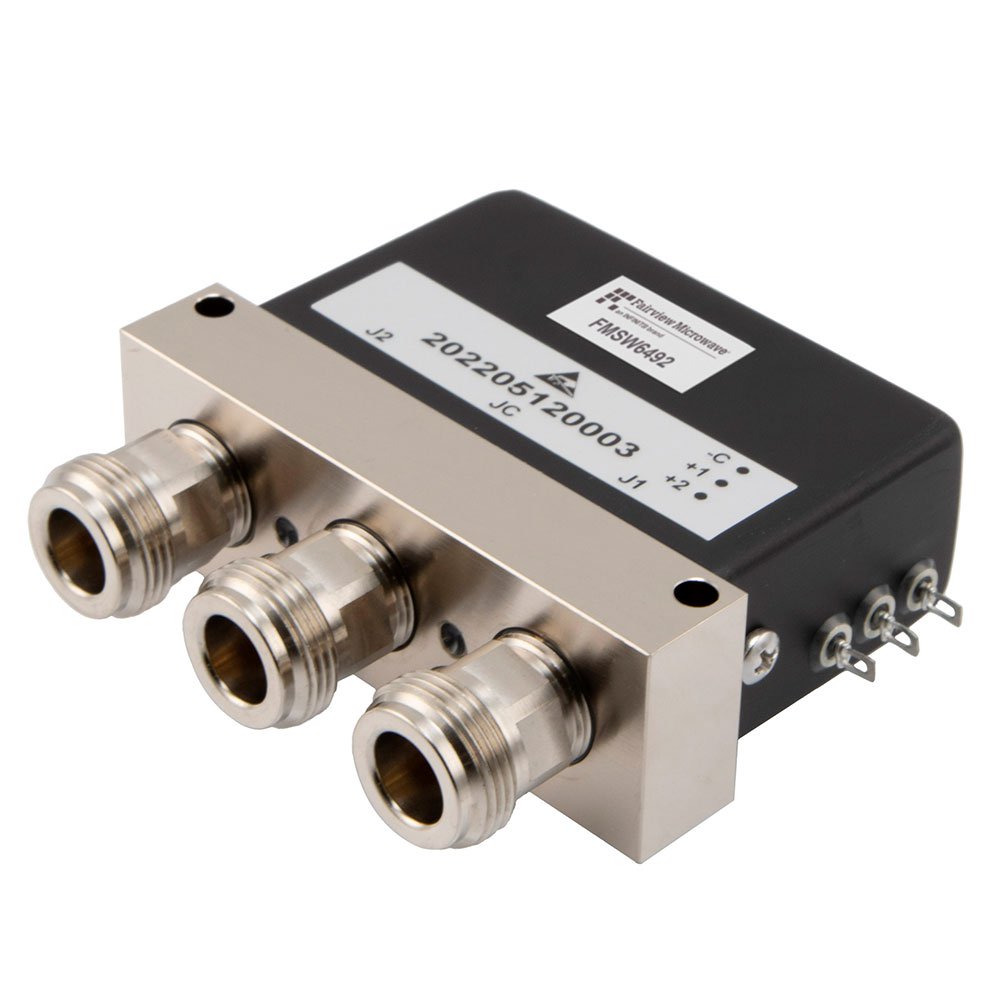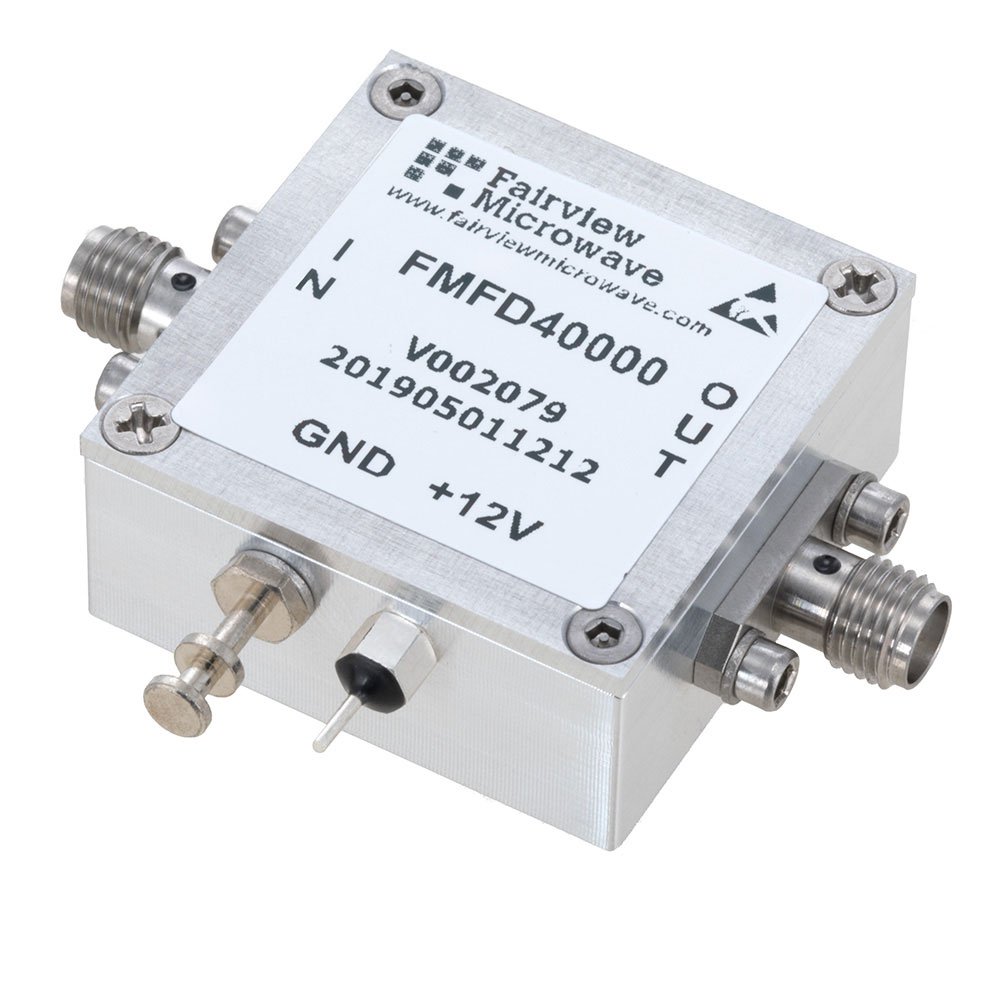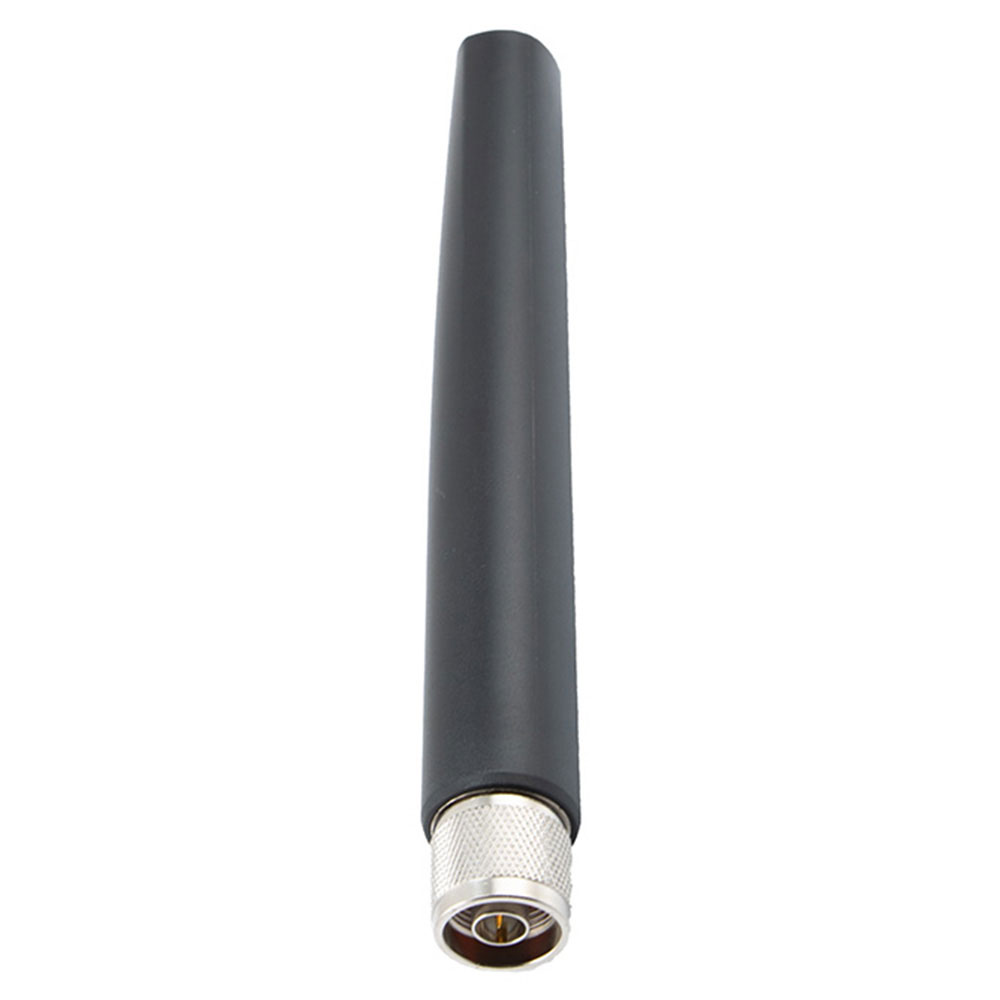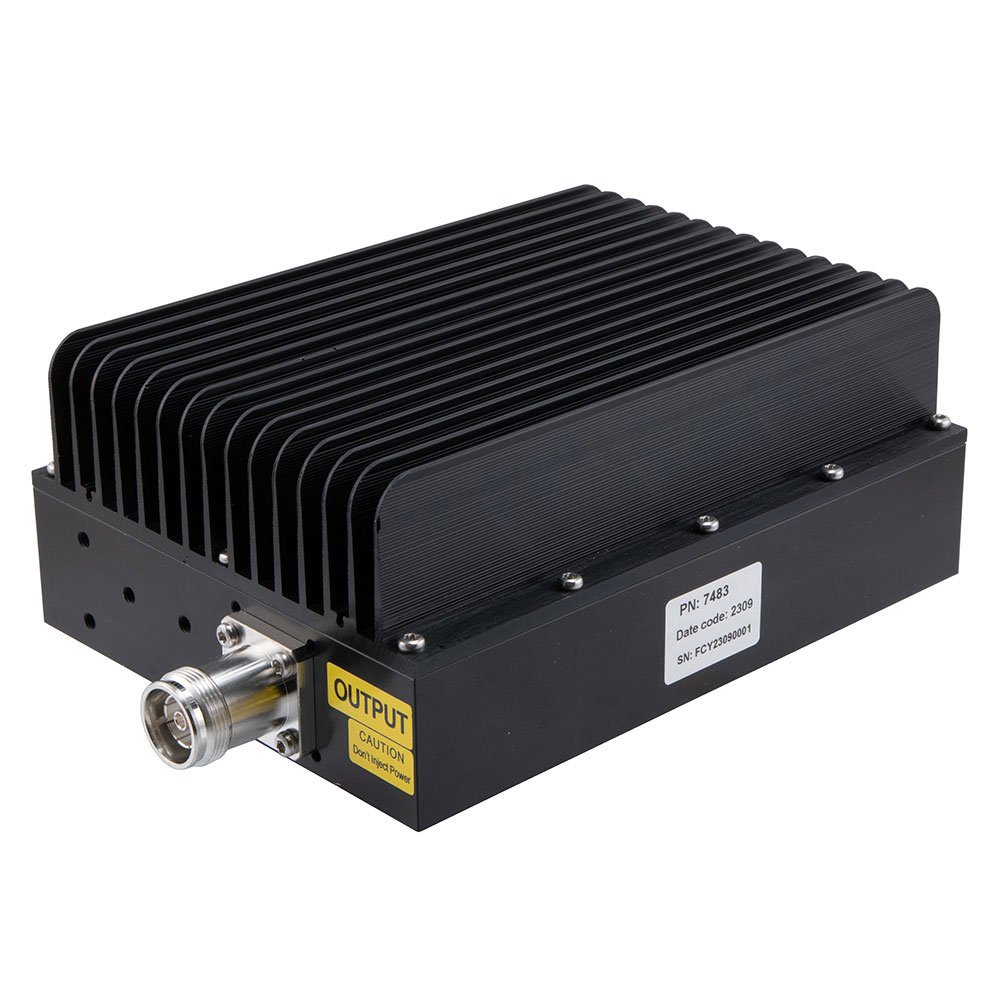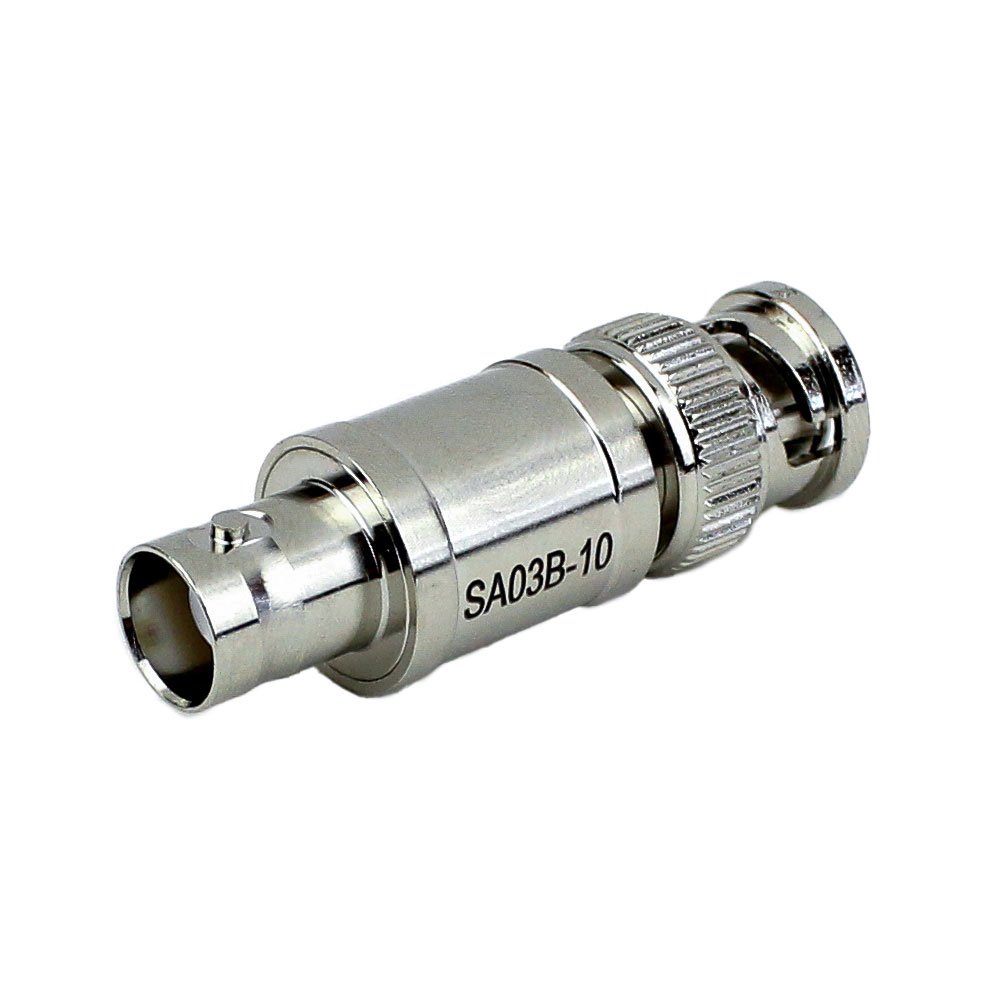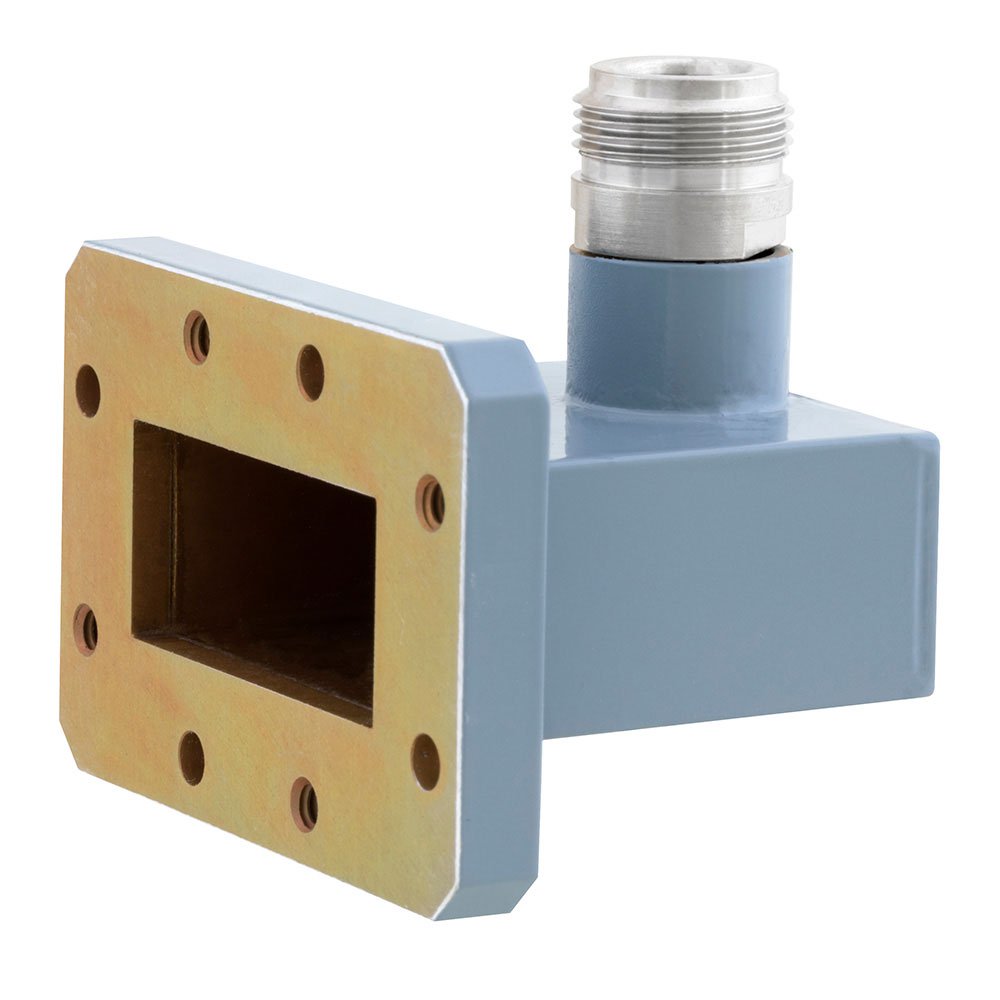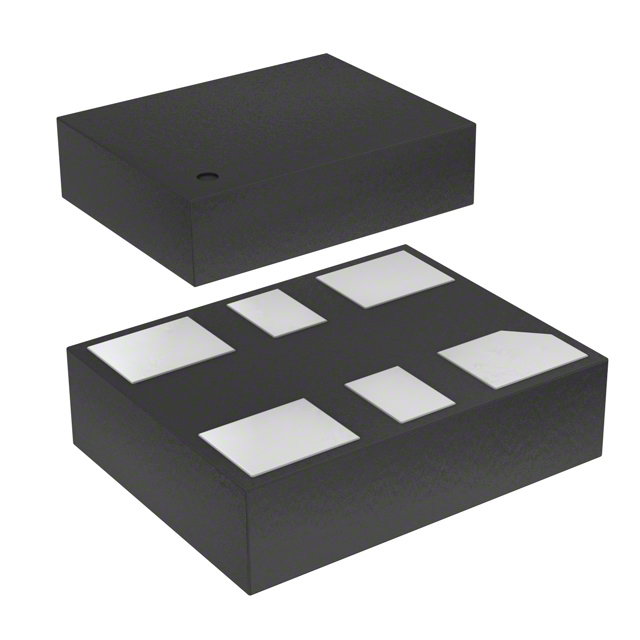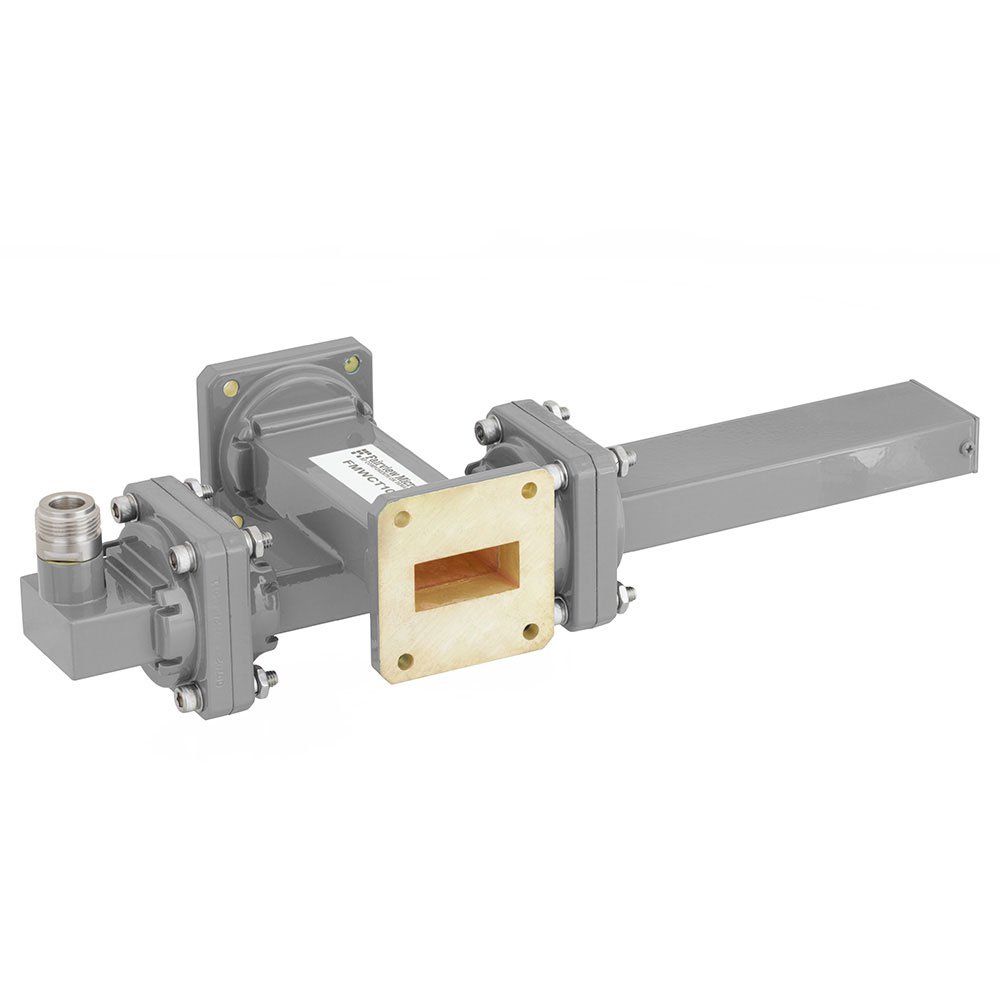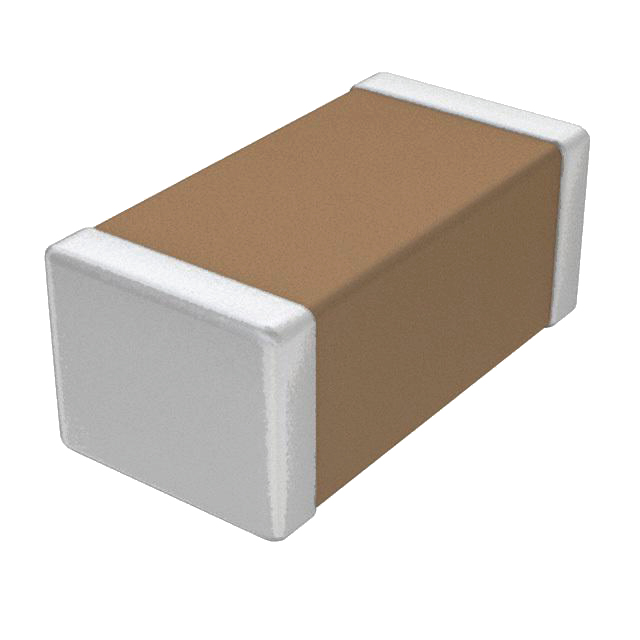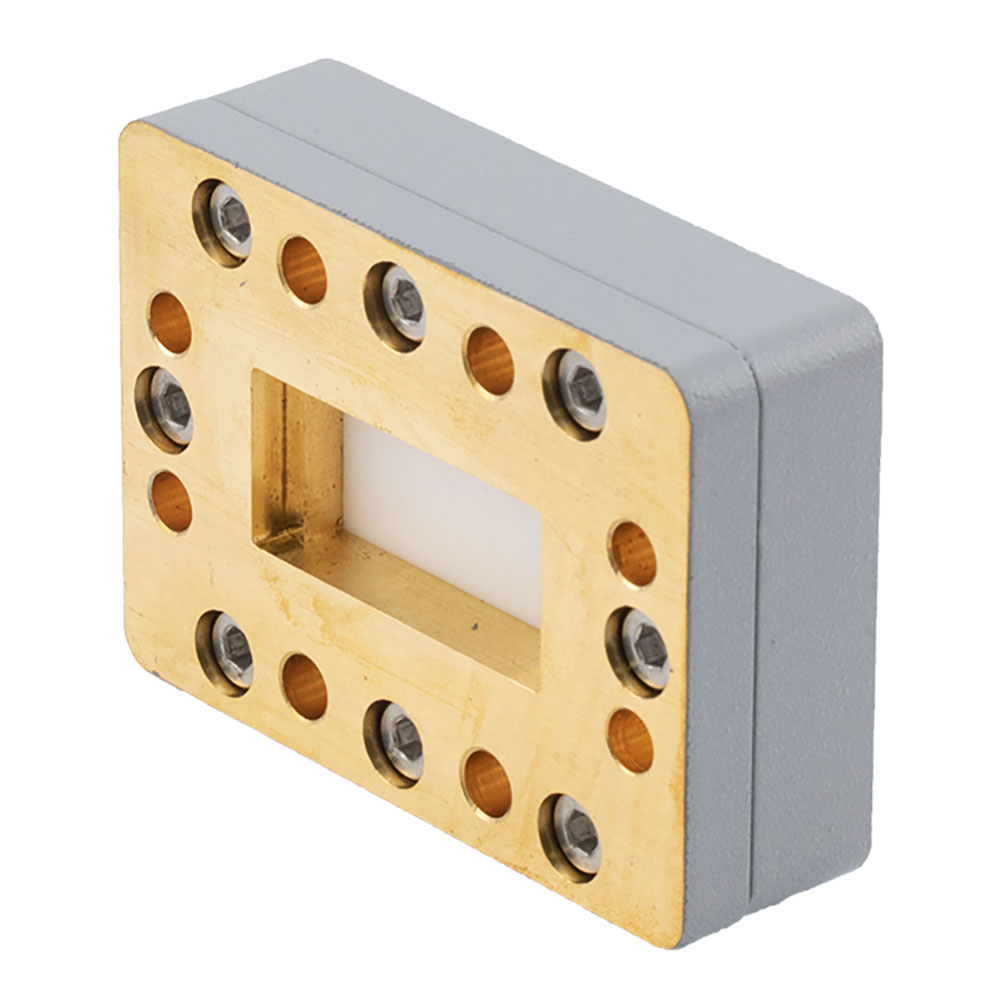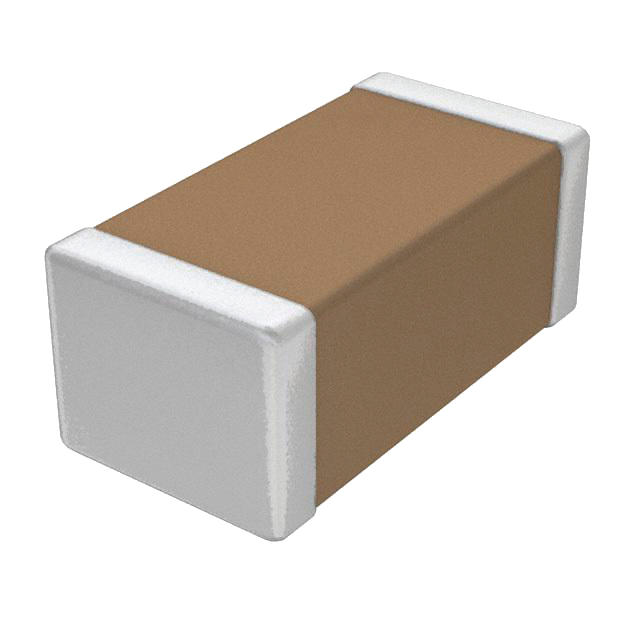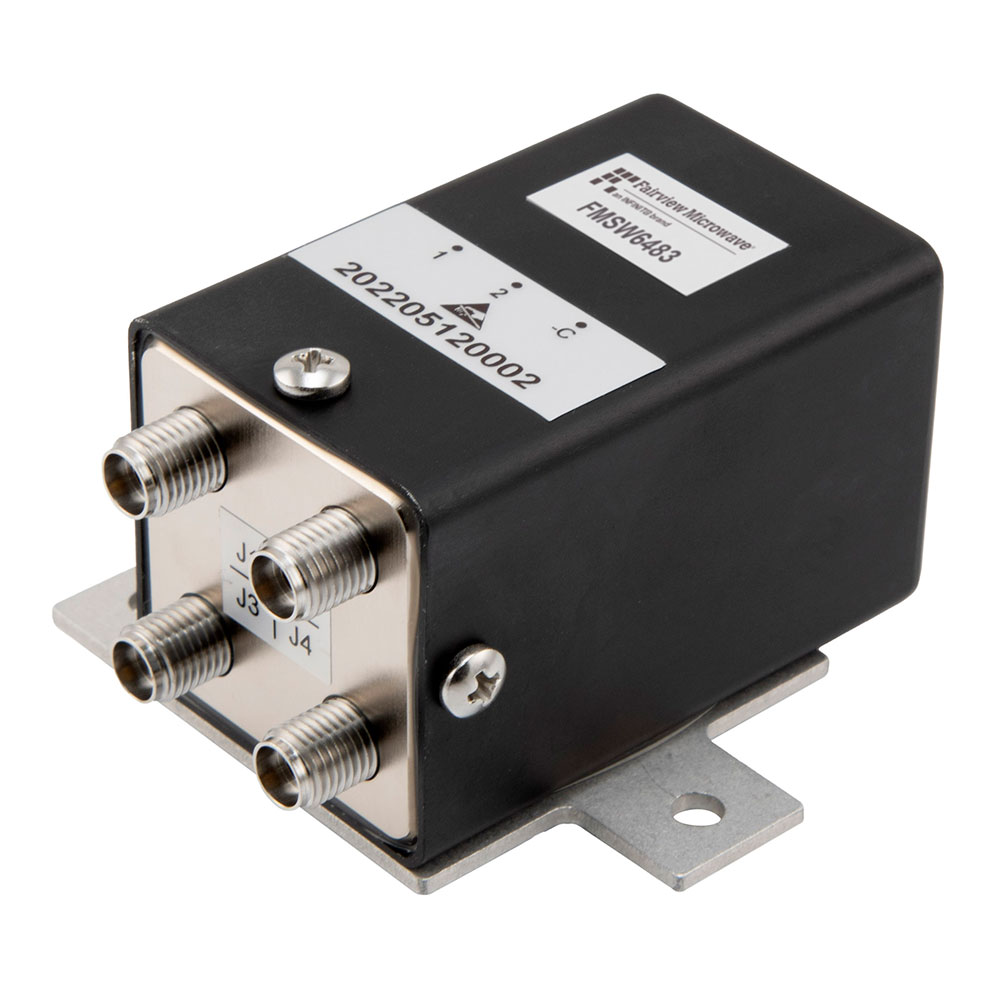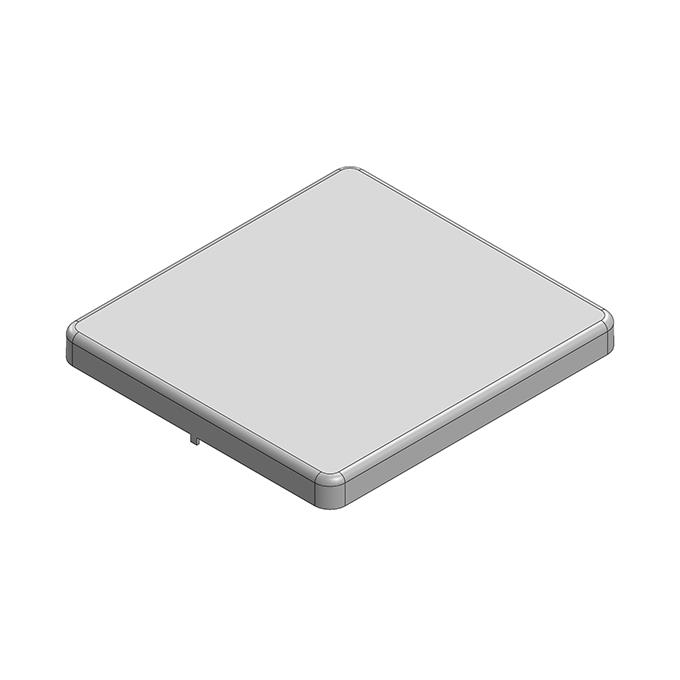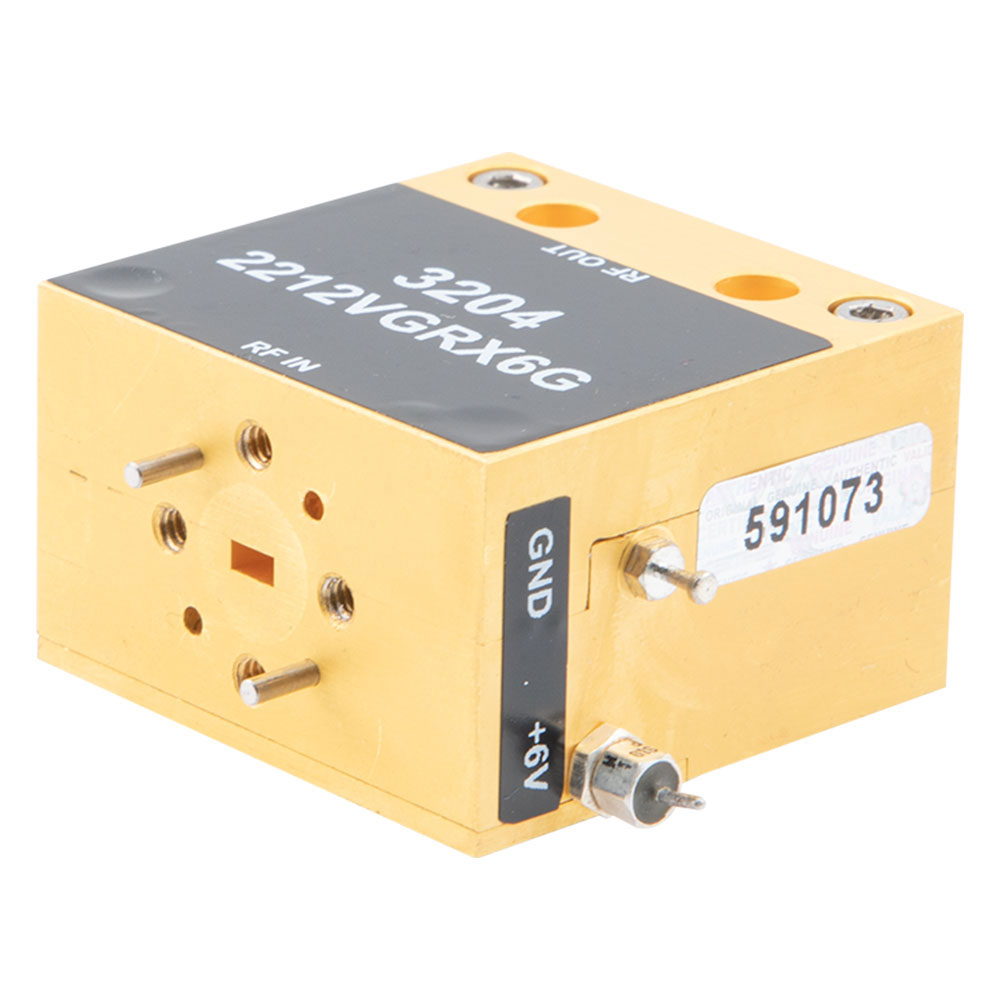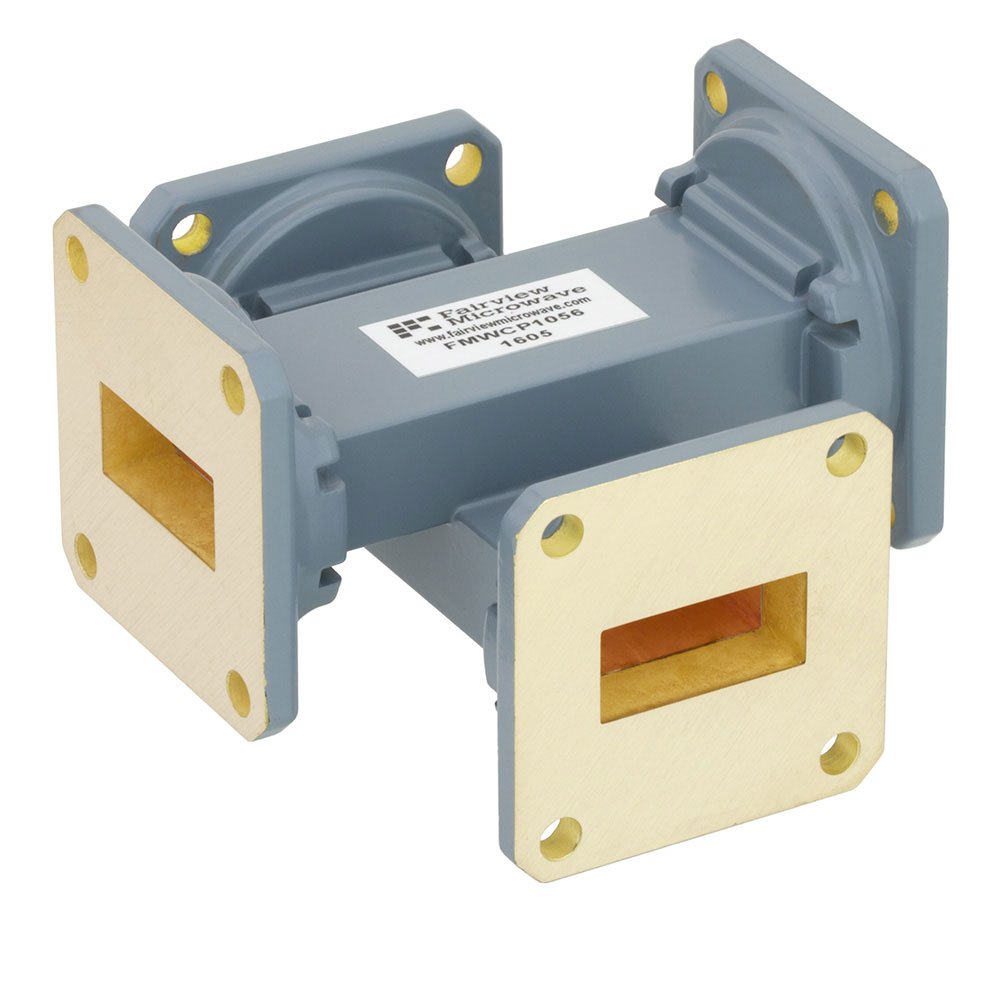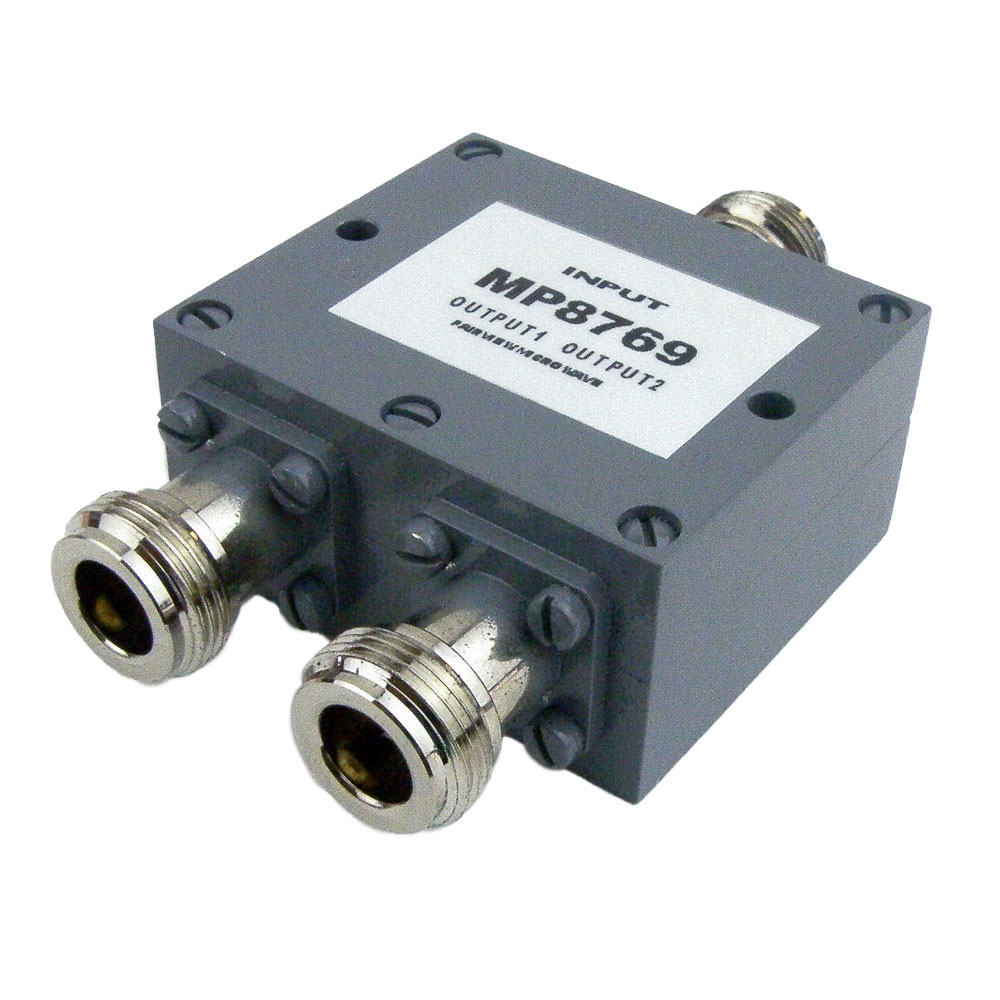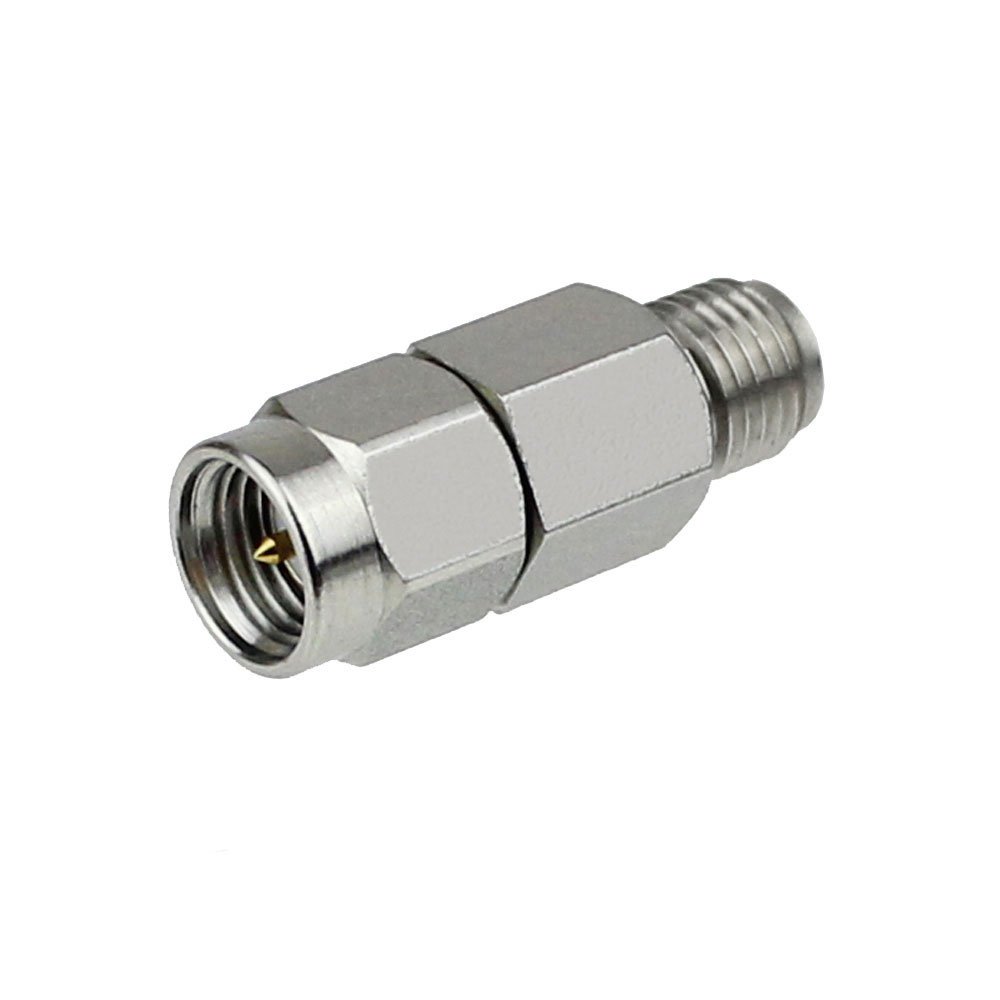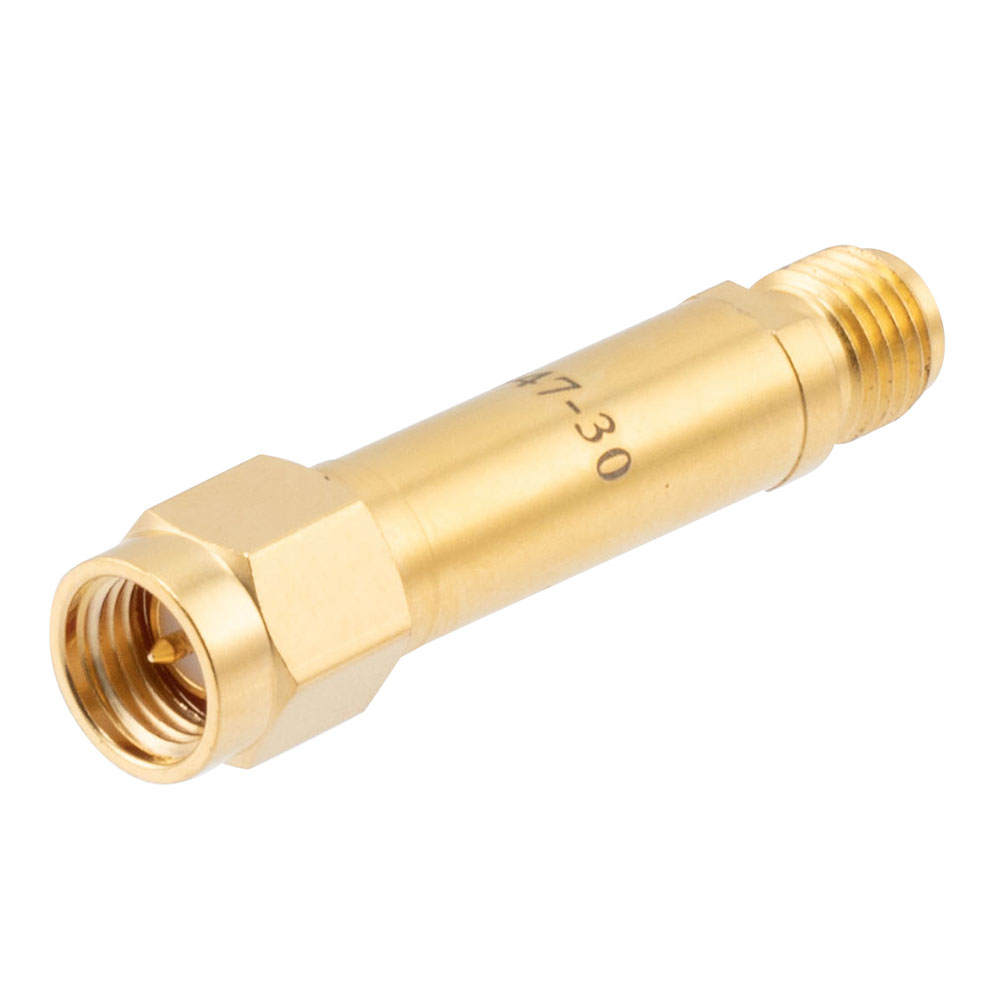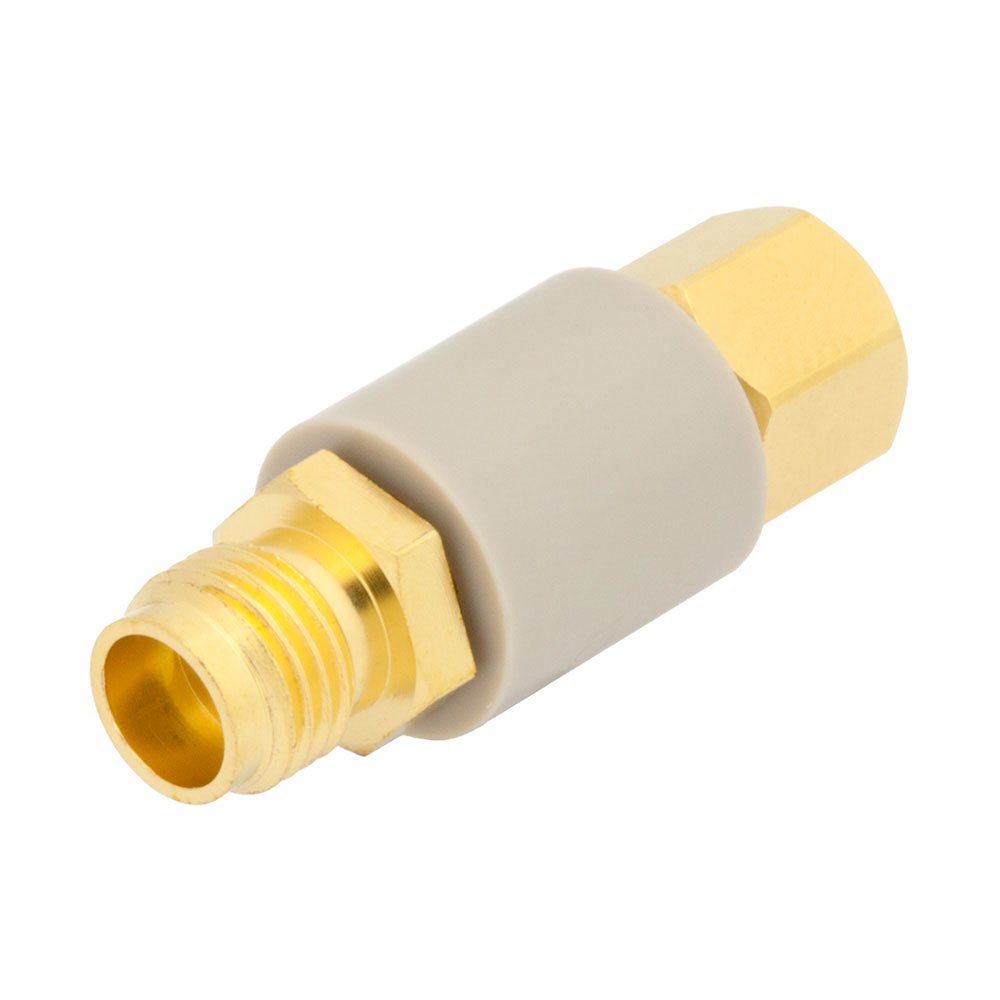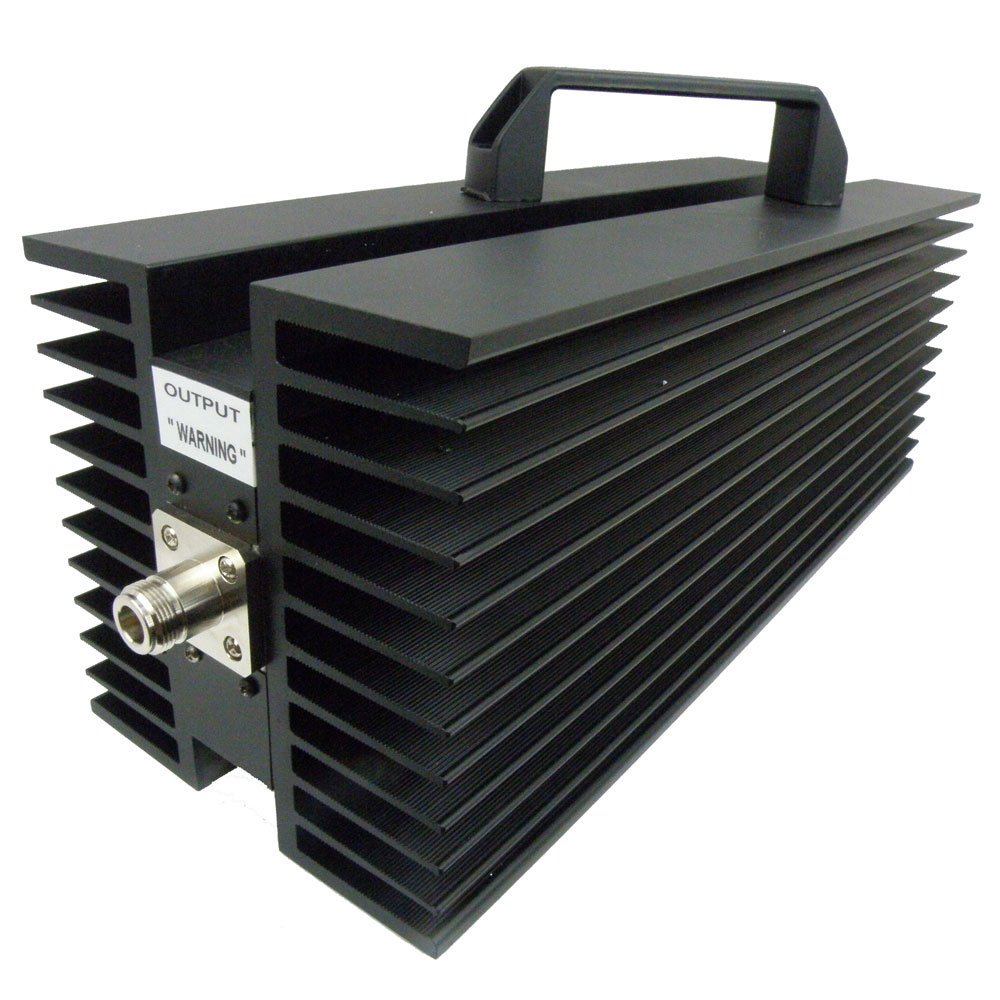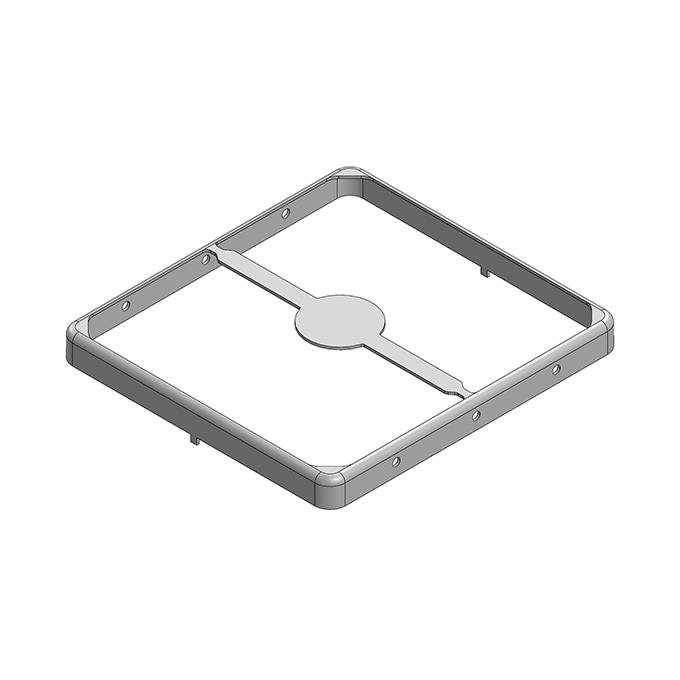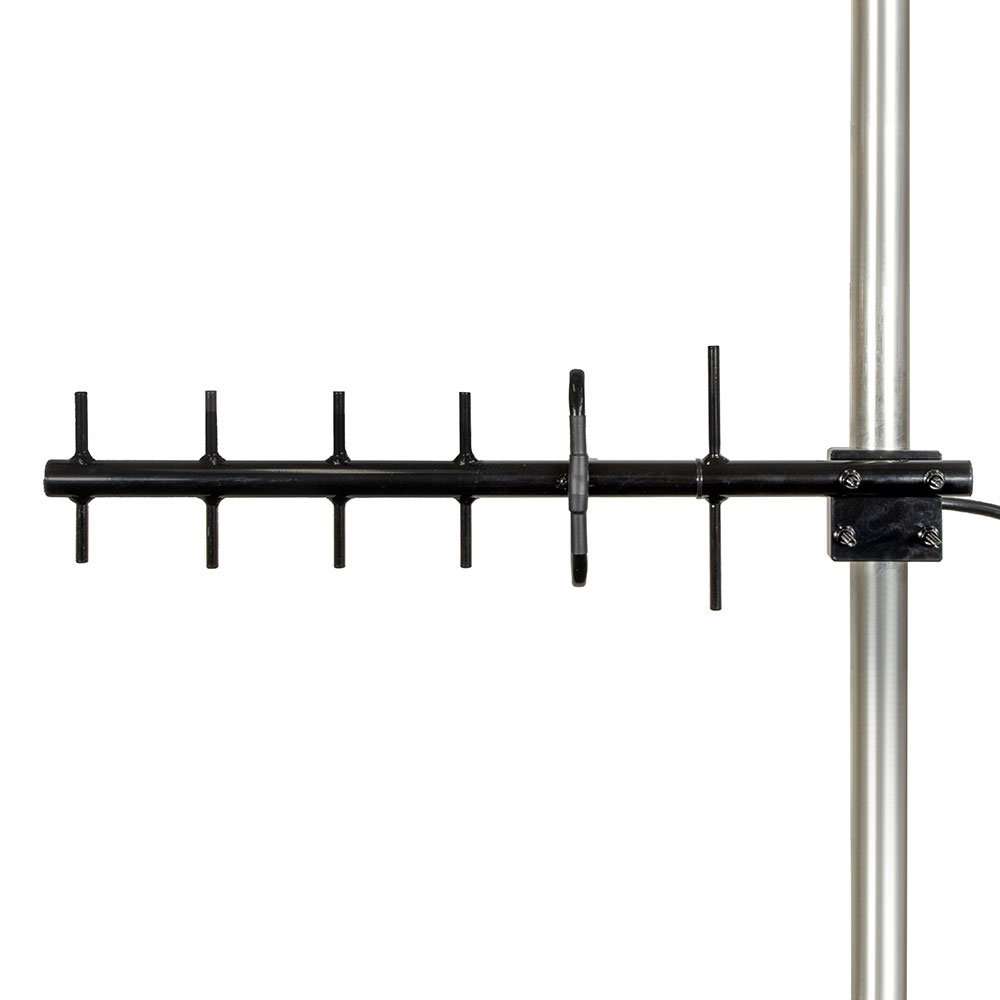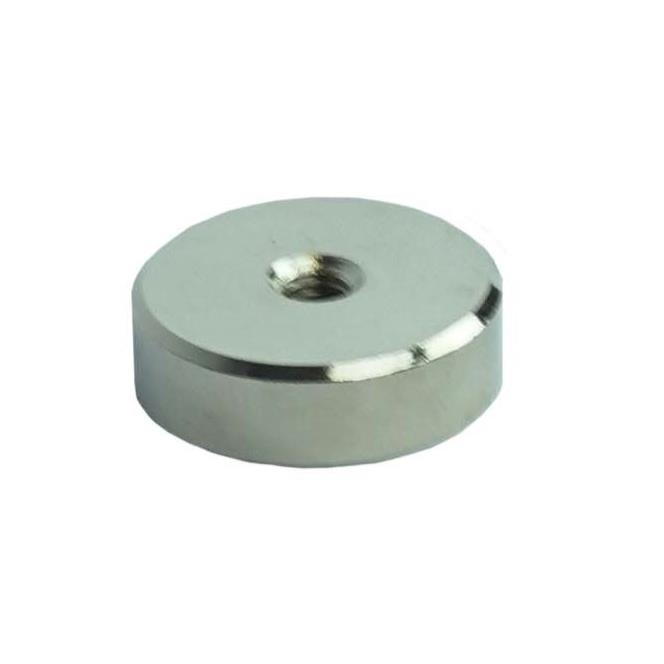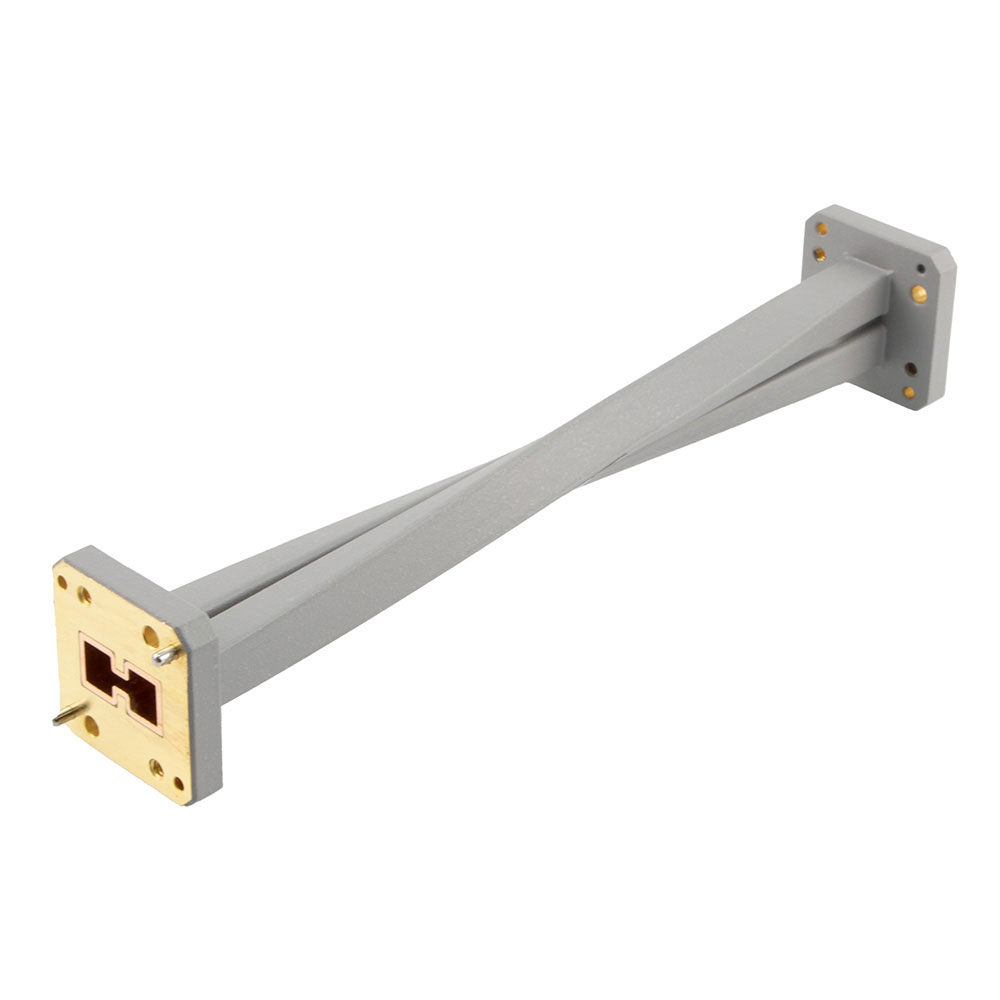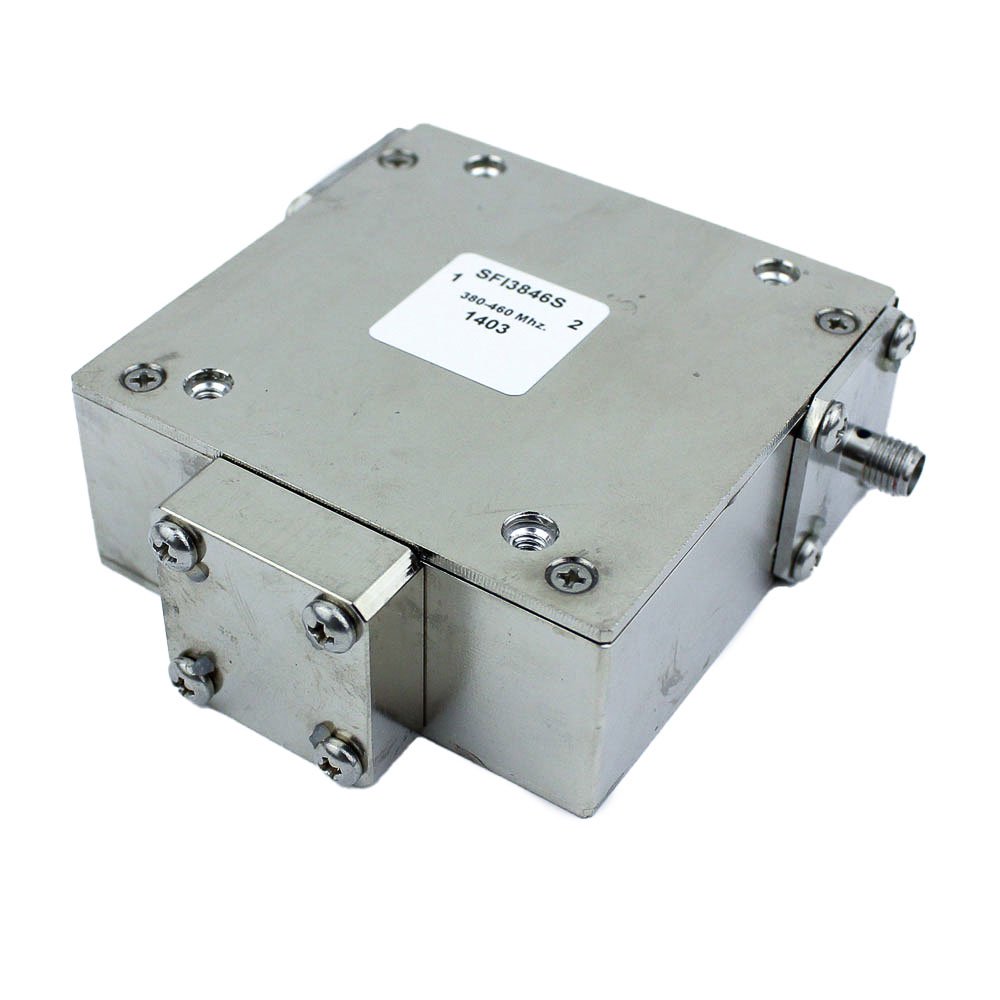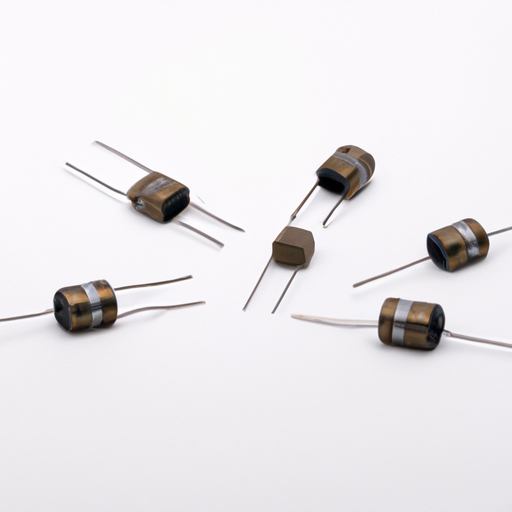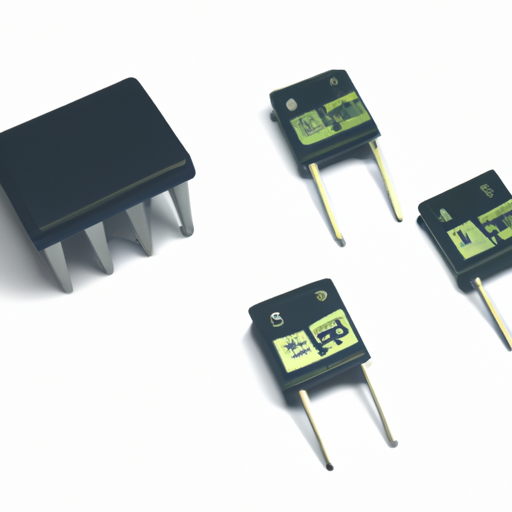
Core Functional Technology Articles on MM74HC373N Arrays and Signal Transformers 1. **Understanding the MM74HC373N: A Comprehensive Overview**
- **Description**: This article provides an in-depth look at the MM74HC373N, an octal transparent latch with 3-state outputs. It covers its internal architecture, operational modes, and integration into digital circuits.
- **Key Features**:
- **High-Speed Operation**: With a propagation delay of just 15 ns, the MM74HC373N is suitable for high-speed applications.
- **Low Power Consumption**: Ideal for battery-operated devices, it minimizes energy usage while maintaining performance.
- **3-State Outputs**: Facilitates bus-oriented applications, allowing multiple devices to share the same data lines without interference. 2. **Applications of MM74HC373N in Digital Circuit Design**
- **Description**: This article discusses the various applications of the MM74HC373N in digital systems, highlighting its versatility in data storage, temporary data holding, and interfacing with microcontrollers.
- **Key Applications**:
- **Data Latching**: Used in microprocessor systems to hold data temporarily, ensuring reliable data transfer.
- **Temporary Storage**: Serves as a buffer in digital signal processing, allowing for smoother data handling.
- **Voltage Level Interface**: Acts as a bridge between different voltage levels in mixed-signal systems, enhancing compatibility. 3. **Signal Transformers: Principles and Applications**
- **Description**: This article provides a foundational understanding of signal transformers, emphasizing their importance in maintaining signal integrity, impedance matching, and providing isolation in electronic circuits.
- **Key Concepts**:
- **Electromagnetic Induction**: The fundamental principle behind signal transformers, enabling efficient signal transfer.
- **Types of Signal Transformers**: Overview of various types, including audio, RF, and isolation transformers, each serving specific functions.
- **Bandwidth and Frequency Response**: Discusses how these factors influence transformer design and application effectiveness. 4. **Designing with Signal Transformers: Best Practices**
- **Description**: This article outlines essential best practices for designing circuits that incorporate signal transformers, focusing on selection criteria, layout considerations, and testing methods.
- **Best Practices**:
- **Transformer Selection**: Guidelines for choosing the right transformer based on application frequency and requirements.
- **PCB Layout Optimization**: Techniques to minimize parasitic capacitance and inductance, enhancing overall circuit performance.
- **Signal Integrity Testing**: Methods for evaluating performance under load conditions to ensure reliability. Application Development Cases 1. **Microcontroller Interfacing with MM74HC373N**
- **Case Study**: A project utilizing the MM74HC373N to interface a microcontroller with multiple sensors. The latch temporarily holds sensor data, allowing the microcontroller to read it at its convenience.
- **Outcome**: Enhanced data handling efficiency and reduced workload on the microcontroller, leading to improved system performance. 2. **Signal Isolation in Audio Applications**
- **Case Study**: Implementation of signal transformers in an audio processing system to isolate different stages of the audio signal path, effectively preventing ground loops and noise interference.
- **Outcome**: Improved audio quality with reduced interference, resulting in clearer sound reproduction and a better listening experience. 3. **Data Acquisition Systems Using MM74HC373N**
- **Case Study**: Development of a data acquisition system where the MM74HC373N is employed to latch data from multiple analog-to-digital converters (ADCs) before transmitting it to a processing unit.
- **Outcome**: Increased data throughput and reliability in data collection, facilitating more accurate and timely data analysis. 4. **RF Signal Conditioning with Transformers**
- **Case Study**: Utilization of RF signal transformers in a wireless communication system to match impedance and enhance signal strength.
- **Outcome**: Improved transmission range and reduced signal loss, leading to more reliable communication and better overall system performance. Conclusion
The MM74HC373N and signal transformers are integral components in contemporary electronic design, providing essential solutions for data management, signal integrity, and overall system efficiency. A thorough understanding of their functionalities and applications can significantly enhance design effectiveness across various sectors, from consumer electronics to industrial automation. By leveraging these technologies, engineers can create more robust, efficient, and reliable electronic systems.
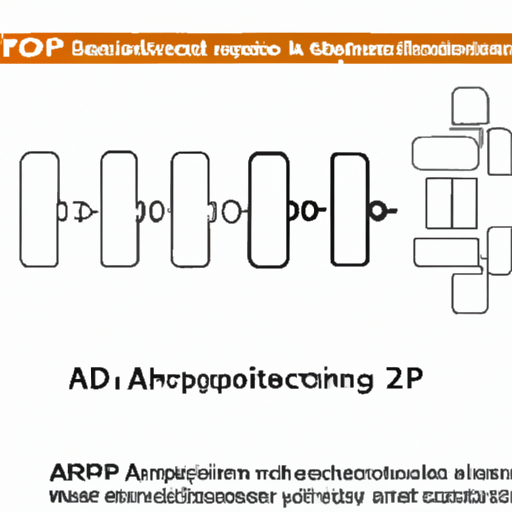
Application Development in Adjustable Inductors for CFR-25JB-52-1R2: Key Technologies and Success StoriesAdjustable inductors, such as the CFR-25JB-52-1R2, are integral components in a wide range of electronic applications, particularly in RF (radio frequency) circuits, power electronics, and signal processing. The development of applications utilizing adjustable inductors involves several key technologies and methodologies. Below are insights into these technologies and notable success stories.
Key Technologies1. Magnetic Core Materials2. Mechanical Adjustment Mechanisms3. Digital Control Systems4. Simulation and Modeling Tools5. Hybrid Technologies6. Miniaturization Techniques1. RFID Systems2. Telecommunications3. Automotive Applications4. Consumer Electronics5. Medical Devices Success Stories ConclusionThe development of applications using adjustable inductors like the CFR-25JB-52-1R2 is propelled by advancements in materials, design, and integration with digital technologies. Success stories across various industries underscore the versatility and significance of these components in enhancing performance, efficiency, and functionality in modern electronic systems. As technology continues to evolve, the role of adjustable inductors is expected to expand, paving the way for new innovations and applications in the future.
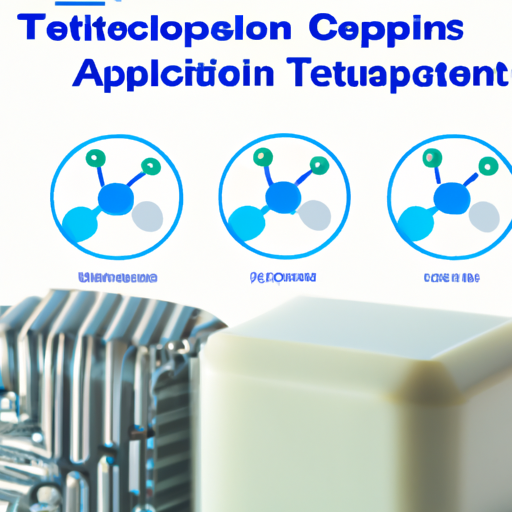
Application Development in Tantalum-Polymer Capacitors: CFR-50JB-52-1M2Tantalum-polymer capacitors, such as the CFR-50JB-52-1M2, represent a significant advancement in capacitor technology, merging the benefits of tantalum with the advantages of polymer materials. This combination results in capacitors that are not only efficient but also versatile, making them suitable for a wide range of applications across various industries. Below, we delve deeper into the key technologies and notable success stories associated with these capacitors.
Key Technologies1. Hybrid Technology2. High Capacitance Density3. Thermal Stability4. Low Leakage Current5. Flexible Form Factors1. Consumer Electronics2. Automotive Applications3. Industrial Automation4. Medical Devices5. Telecommunications Success Stories ConclusionThe development and application of tantalum-polymer capacitors like the CFR-50JB-52-1M2 underscore the importance of innovative materials and technologies in modern electronics. Their unique properties—high capacitance, low ESR, thermal stability, and low leakage—make them suitable for a diverse array of applications, from consumer electronics to automotive and medical devices. As the demand for high-performance capacitors continues to grow, further innovations in tantalum-polymer technology are anticipated, paving the way for even more advanced electronic solutions.

